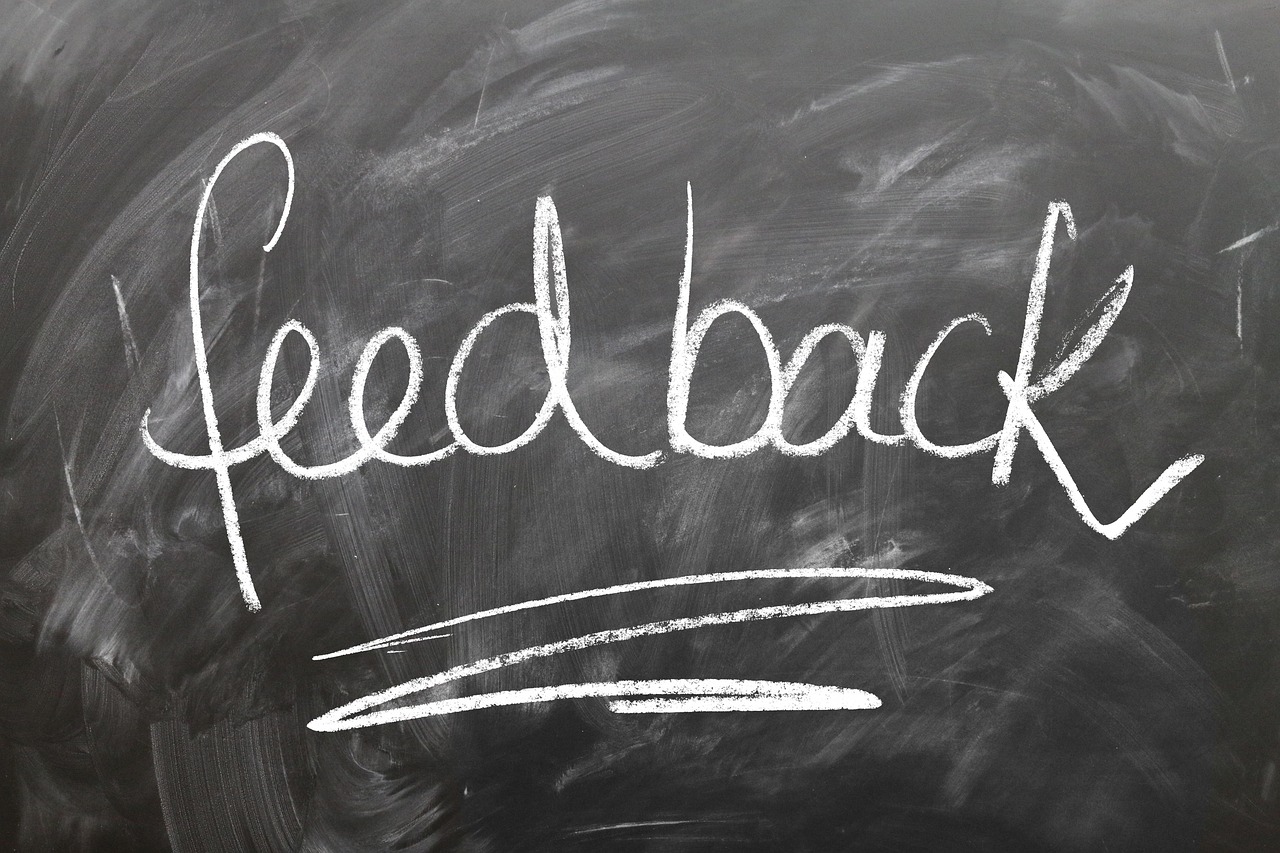Budget Tools Enable Effective Goal Prioritization

In today’s fast-paced economic environment, both individuals and businesses are increasingly seeking ways to manage their finances with precision and foresight. Budget tools have emerged as essential instruments in this endeavor, offering users the ability to prioritize financial goals effectively. By leveraging these tools, users can align their spending with their objectives, thereby ensuring financial health and stability.
The rise of digital technology has significantly transformed the way we approach budgeting. According to a 2022 survey by the Financial Planning Association, 72% of respondents reported using some form of digital budgeting tool, underscoring their growing popularity. These tools not only streamline the budgeting process but also offer sophisticated features that enhance goal-setting capabilities.
One of the primary advantages of modern budget tools is their ability to provide a clear overview of financial activities. By consolidating various income streams and expenses into a single platform, users can easily track their financial health. This comprehensive view is crucial for identifying spending patterns and areas where adjustments can be made to align with long-term goals.
Furthermore, budget tools often incorporate advanced analytics and forecasting features. These enable users to simulate different financial scenarios, offering insights into how current spending habits might impact future financial standing. For instance, by adjusting the allocation of resources towards savings or investments, users can evaluate the potential outcomes on their financial goals.
Goal prioritization is a nuanced process that requires careful consideration of immediate needs versus long-term aspirations. Budget tools facilitate this by allowing users to set, categorize, and track goals within the application. For example, a user might prioritize debt repayment while also aiming to save for a large purchase or a vacation. Budget tools provide the flexibility to allocate resources accordingly, ensuring that both short-term and long-term objectives are considered.
On the global stage, the importance of budget tools is increasingly recognized. In regions with fluctuating economies, consumers and small businesses are turning to these tools to mitigate financial risks. By offering real-time insights and automated adjustments, budget applications empower users to make informed decisions quickly, a critical capability in volatile markets.
Moreover, budget tools are evolving to include features that cater to diverse financial needs. These include:
- Integration with Financial Institutions: Many tools now offer seamless integration with banks and financial institutions, providing automatic updates on account balances and transactions.
- Customizable Alerts: Users can set alerts for bill payments, low balances, or spending limits, helping to avoid unnecessary fees or financial pitfalls.
- Collaborative Features: For families or businesses, many tools offer shared access, allowing multiple users to contribute to the budgeting process.
Despite their advantages, it is essential for users to approach budget tools with a critical eye. Data privacy is a significant concern, and users must ensure that the tools they choose comply with stringent data protection regulations. It is advisable to select tools with robust encryption and transparent data policies.
In conclusion, budget tools have become indispensable for effective financial management and goal prioritization. By providing a comprehensive overview of financial activities and offering advanced features for goal-setting and tracking, these tools empower users to make informed decisions. As digital solutions continue to evolve, their role in facilitating financial health and security will undoubtedly expand, making them a cornerstone in the toolkit of the financially savvy individual or business.















